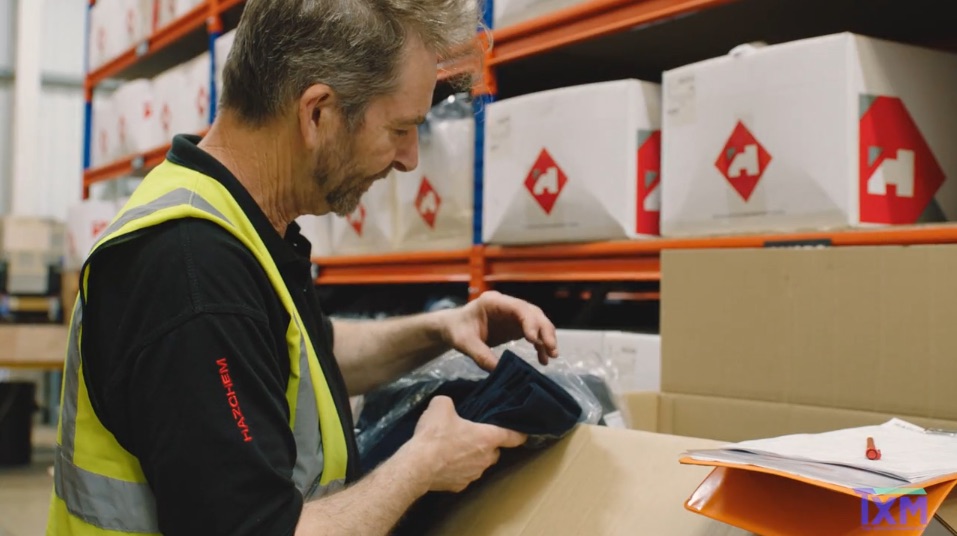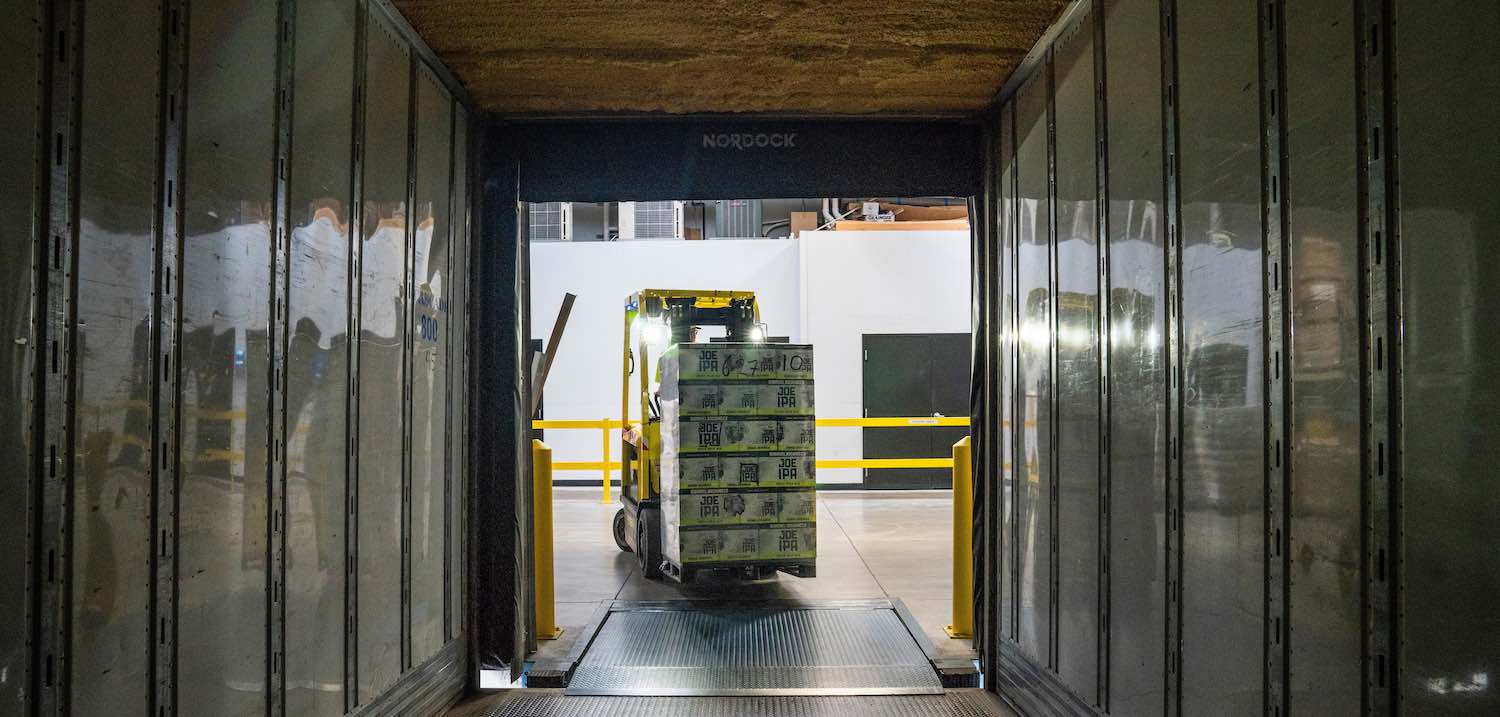Managing the Post-Pandemic Inventory Management Hangover

Supply chain disruption in the past two years has meant that many businesses have increased their inventory. Lead times from suppliers have become longer and less reliable during the pandemic, so it made sense for businesses to stock up where the supply chain was vulnerable. Ironically this made the supply chain problem worse as all those orders for extra stock increased demand on already stretched supply chains.
Logistical challenges such as pallet shortages were also amplified when all those precious pallets are sitting on warehouse shelves. Barring another major disruption (and who could have predicted the impact of the Ukraine war), supply chains should gradually get back to normal over the next year. As a result, businesses are finding themselves with a LOT of inventory and this is creating several new issues.
The Overflow Warehouse is for Things You Don’t Sell
You probably think the title above makes no sense. However, many companies are running out of warehouse space and setting up additional warehouses so they can fit everything in. In most cases, companies decide to use these warehouses for bulk stock, the items that they are receiving in large quantities from suppliers every day.
This is often the wrong approach. Storing bulk items in your overflow warehouse maximises the cost of adding the warehouse. This is because your bulk, high volume items are moving every day, so you will constantly find yourself having to transport goods between the two warehouses.
Instead, move your lowest volume and any slow moving and obsolete items (the things you don’t sell) to the overflow warehouse, perhaps just leaving a small stock in pick locations in your main warehouse.
These items only get picked occasionally and in smaller volumes and so do not need to be replenished to the main warehouse as often (or at all in the case of slow moving and obsolete stock). The best, most accessible warehouse space in your main warehouse can then be reserved for the items you pick every day.
As well, chances are you will be renting your overflow warehouse. When that monthly rent bill comes in, knowing that it is being paid for the storage of stock you sell very rarely if at all, can really focus management minds on doing something about that stock.
Avoid “Water Hammer” in your Supply Chain
We have all experienced water hammer, the shock that goes through old pipe work when you quickly shut off a valve. The same kind of thing is likely to happen with supply chains. Businesses who realise that they are now overstocked will shut off ordering completely, sending a shock up the supply chain.
Like water hammer, this shock can do some damage with suppliers shutting down operations and redeploying resources to other products. Just as the owners of old plumbing learn to turn valves on and off gently, companies need to smooth the impacts on their suppliers.
Do some modelling, calculate where you think your future stock levels are likely to get to and gradually adjust orders down rather than stopping them entirely. If you keep your orders below your usage of an item, stock will gradually reduce. Most importantly, talk to your suppliers and keep them informed on your situation.
Explain to them that you are reducing stock, not ceasing to use their products and give them a forecast of how you see your orders tracking and when you see your demand getting back to normal.
You should also ask them for an update on lead times and a commitment on how and when they expect to get back to normal as well. Now, everyone is very tolerant of months long lead times, but that won’t be acceptable for much longer and suppliers must have a plan to get back to normal levels of service.
Purchase Regularly and Often

A key driver of the level of inventory you need is the frequency at which you purchase. The last two years has seen some erratic buying patterns as buyers stock up wherever and whenever they can. This needs to go back to normal.
Talk to your suppliers about establishing regular ordering cycles at regular intervals and for regular quantities. This will make you easier to deal with and most likely guarantee you better service than other buyers who are still “spot buying”.
Normalise Inventory and Replenishment
As well as shortening supply chains, it might be time to start normalising your supply chain settings. Once you are confident that suppliers can meet deadlines and that supply is stabilising you can start to adjust safety stock settings back to normal levels and agree more normal lead times with suppliers.
Again, this needs to be done gradually as suddenly ramping up or down demand is likely to lead to more problems and force you in to being reactive again.
Build Shorter Supply Chains

The true cost of sourcing from low-cost countries on the other side of the world is a topic I have been writing and speaking about for over a decade. The last two years have brought this into clear focus. Businesses around the world are seeing that “cheap labour” is only part of the picture of getting the best value for your business and your customers.
Cost and risk in the supply chain, along with inventory, is multiplied by the length of that supply chain. And risk is multiplied again by the governance issues and political instability in many low labour cost countries. There will still be many things that make sense to source from China, India, Vietnam, Thailand etc., but a much more critical eye needs to be passed over these decisions.
This will make sure that they are really saving money when all the costs of extra inventory, freight and quality are factored and that they are not exposing your company to unacceptable business risks.
Plan for the Future
One thing that the pandemic and the Ukraine war have taught us is that bad things happen in supply chains. Therefore, if you have not done it already, now is the time to start doing a business continuity plan. This means assessing the potential risks and exposures in your business and supply chain, the likely magnitude of those risks and developing strategies to mitigate those risks.
This might include maintaining some strategic stock for critical items, based on your assessment of the duration of any potential supply interruption. You might also want to look at developing back up suppliers or sourcing critical items from local suppliers or producing in-house.
You cannot predict what the next supply chain crisis might be, but you can be sure that there will be another crisis at some point in the future. If you have prepared well, you can minimise the impact on your businesses and customers. In the meantime, it’s time to start working out what to do with all that stock you have purchased!





